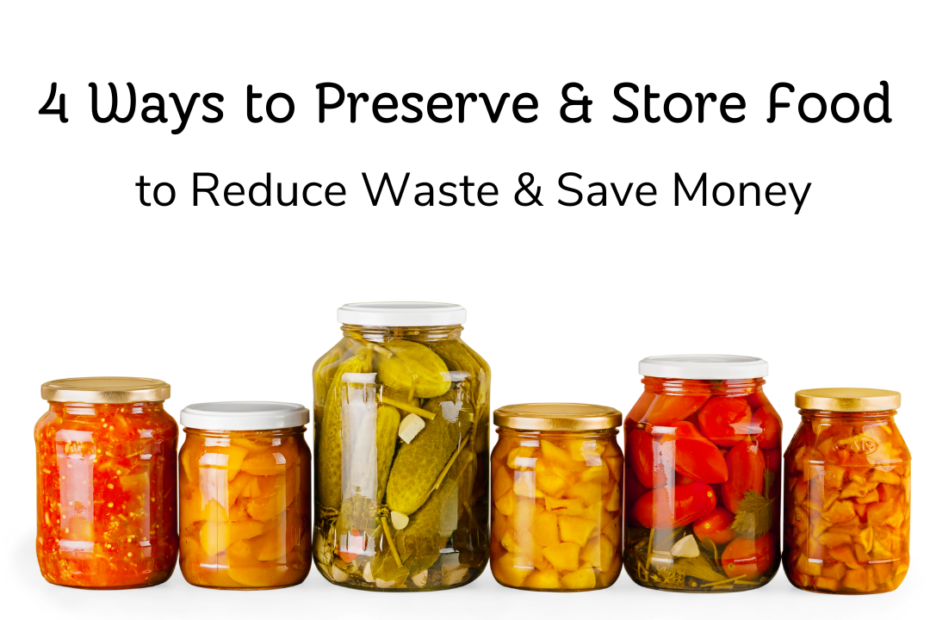*This post may contain affiliate links and I may earn a small commission when you click on the links at no additional cost to you. As an Amazon Affiliate I earn from qualifying purchases. You can read my full affiliate disclosure here.
Preserving & storing food saves so much time and money in the long run because you can take advantage of when things are abundant and affordable, and preserve what you can’t use right away for later when those things might be more expensive or scarce. Beyond keeping foods fresher for longer in the fridge or pantry, food preservation methods can extend the usable life of your food to months and even years.
Here are four reliable methods for long term preservation and storage:
Freezing
When meat is on sale or when you’re able to buy in bulk, you can take advantage of the lower cost if you have a large freezer. Portion for meals, and add a marinade to save yourself some prep time later too.
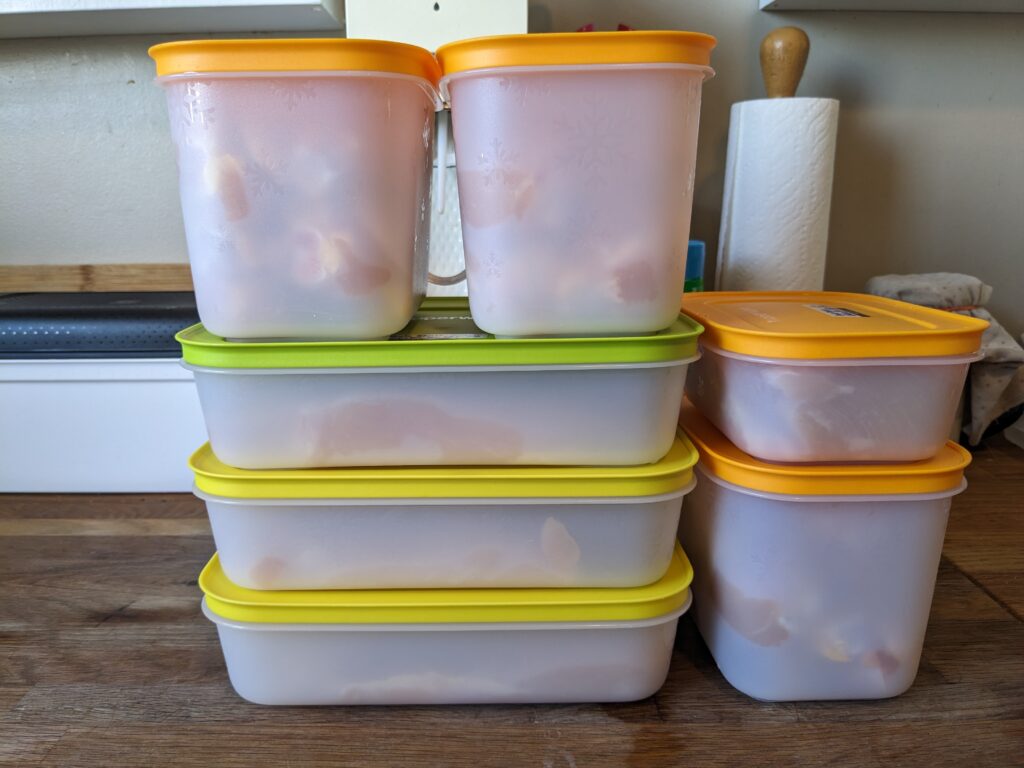
Fruits and vegetables can also be stored for longer in the freezer (note: some may need to be blanched before freezing), along with sauces, soups, prepared meals, and more, extending the usable life of your food beyond its best before date. No more space in the freezer? Try….
Dehydrating & Freeze Drying

The process of removing all the moisture in a food will make it shelf stable until you’re ready to rehydrate and use it. This can be as simple as hanging herbs to dry, or you can use your oven on a very low setting (some ovens come with a dehydrate setting built in) to dehydrate some fruits, vegetables, jerkys, and fruit leathers.
Even better, use a freeze-dryer. Freeze dried foods can be stored for 25 years or more, and you can freeze dry just about anything you can eat, including milk & milk products (yes you can freeze dry cheese and ice cream!), raw or cooked meats, leftover soups & stews, eggs, and more. Perfect for backpacking/camping meals, reducing food waste by freeze drying leftovers or fruits and vegetables from the garden (no more covert dropping-zucchinis-off-on-your-neighbours-porch operations), or preparing for emercencies with backup food stores. You never know when a natural disaster or power outage might occur, and it is recommended to have supplies like food and water to last everyone in your household at least 72 hours (but I’d recommend more).

Fermenting/Culturing
Did you know you can make your own yogurt, sauerkraut, pickles, kimchee, and fermented “sodas” like Tepache and ginger beer?
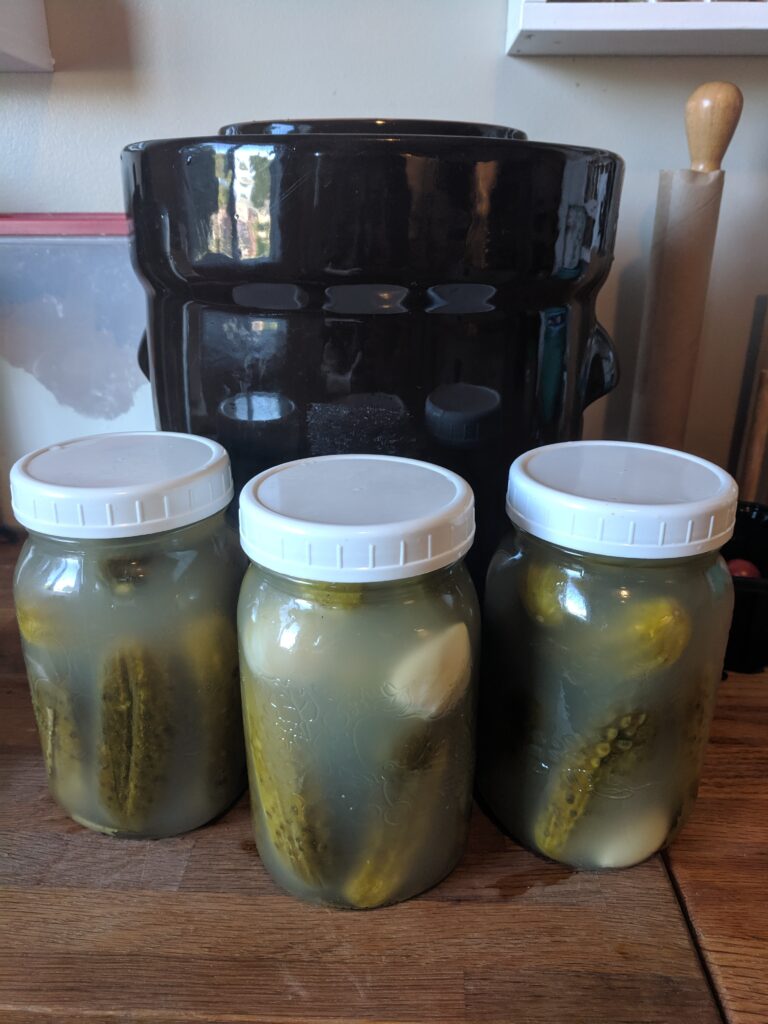
One of the oldest methods for food preservation, fermentation is a seemingly magical process in which we introduce or encourage beneficial microbes to the exclusion of harmful ones and change the taste and texture of the food itself to create something new and delicious. These probiotic foods are tasty and so good for you! Wild Fermentation by Sandor Ellix Katz is an excellent introduction to the world of fermentation.
Canning
Home canning is a great way to preserve fruits, vegetables, meats, beans, and even prepared whole meals for shelf-stable storage that requires no refrigeration.
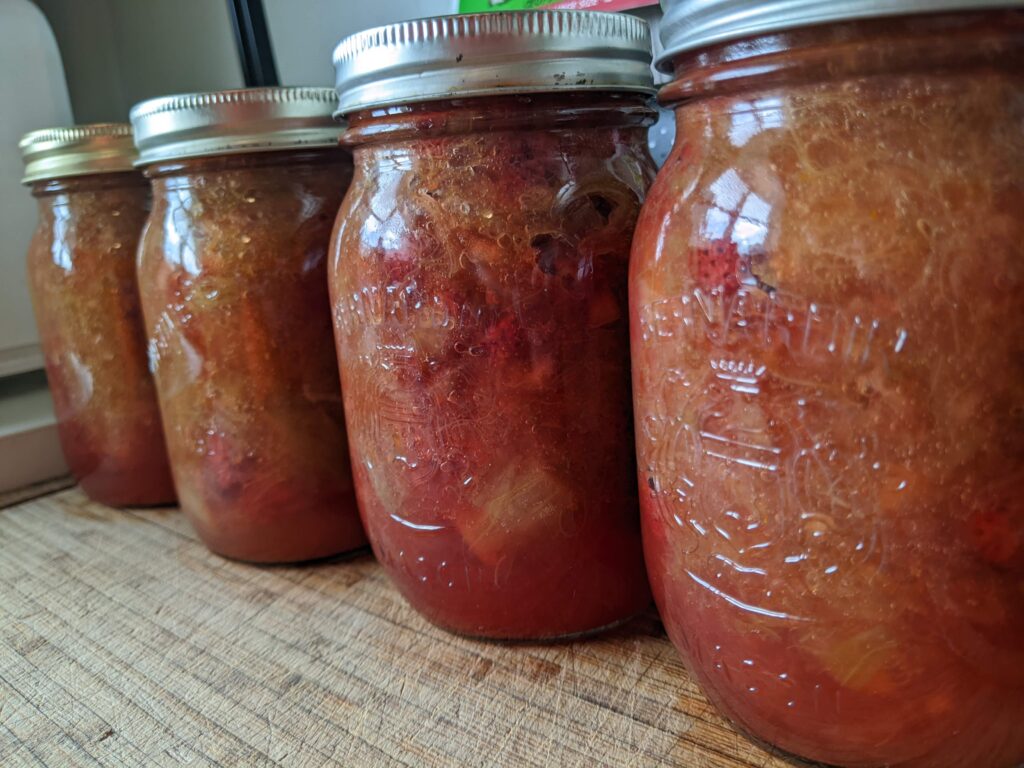
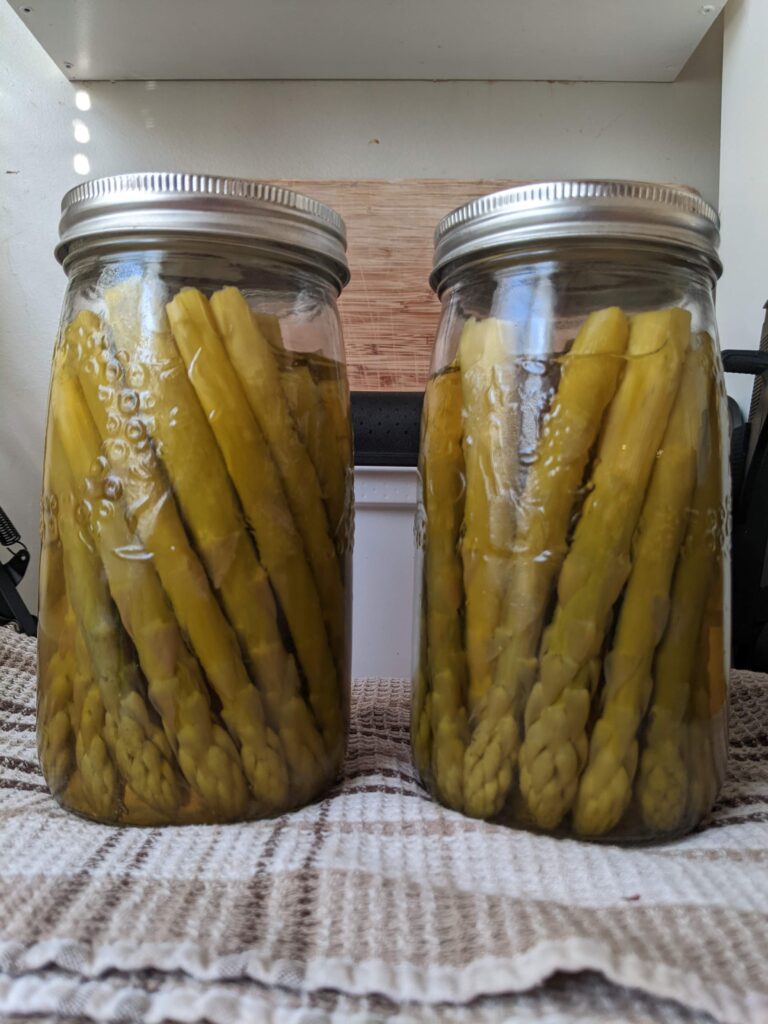
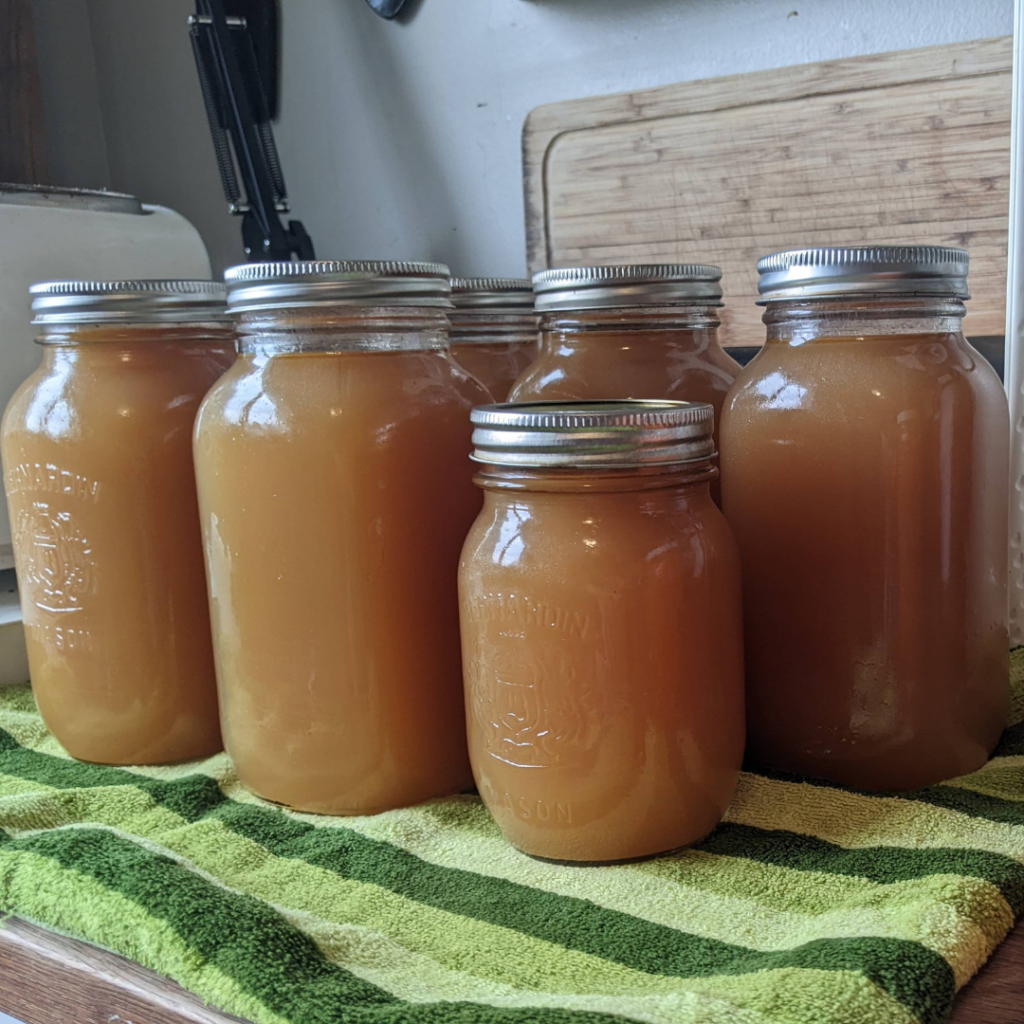

High acid foods like jams, applesauce, fruit in syrup, juice, tomatoes, salsas, jellies, and pickles can be water bath canned –or use a steam canner since it requires less water, time, and energy.
Low acid foods like meats, beans, vegetables, stock, and meals in a jar must be pressure canned. If you’re interested in learning how to can safely, start with one or both of these books (be sure to buy the most recent version): Bernardin Complete Book of Home Preserving and/or The All New Ball Book of Canning and Preserving.
